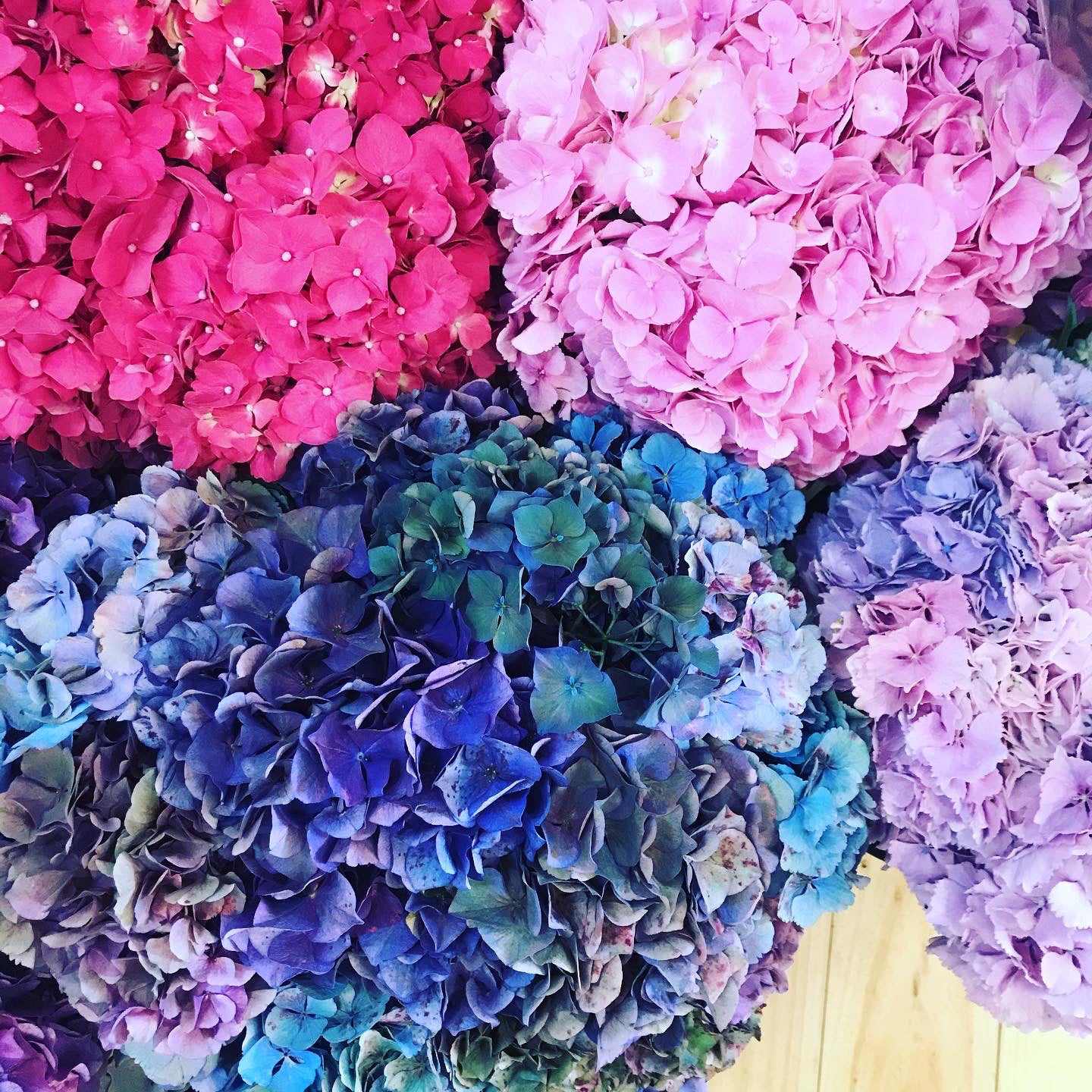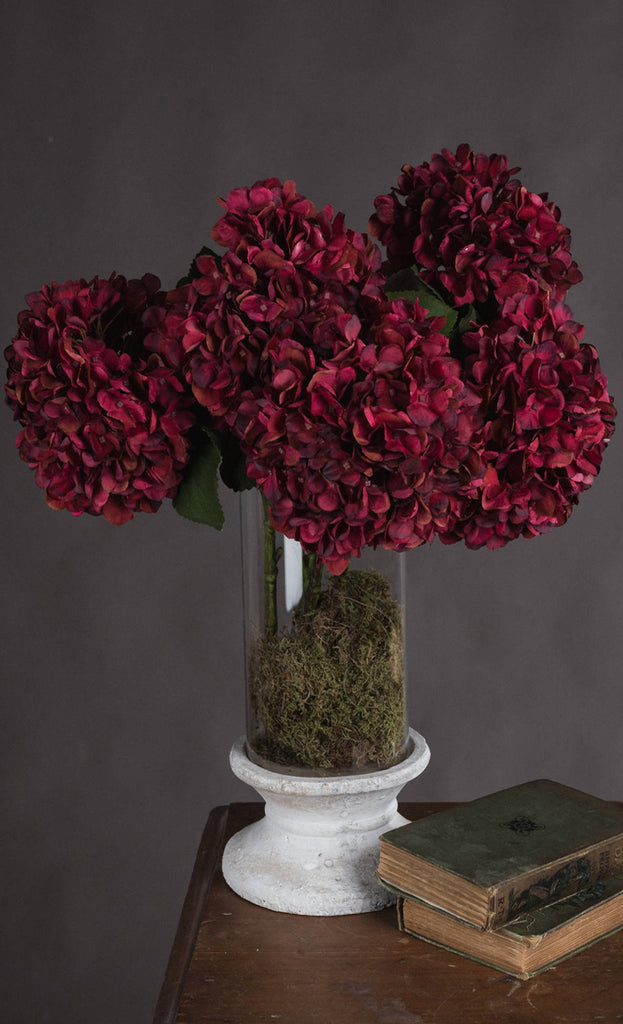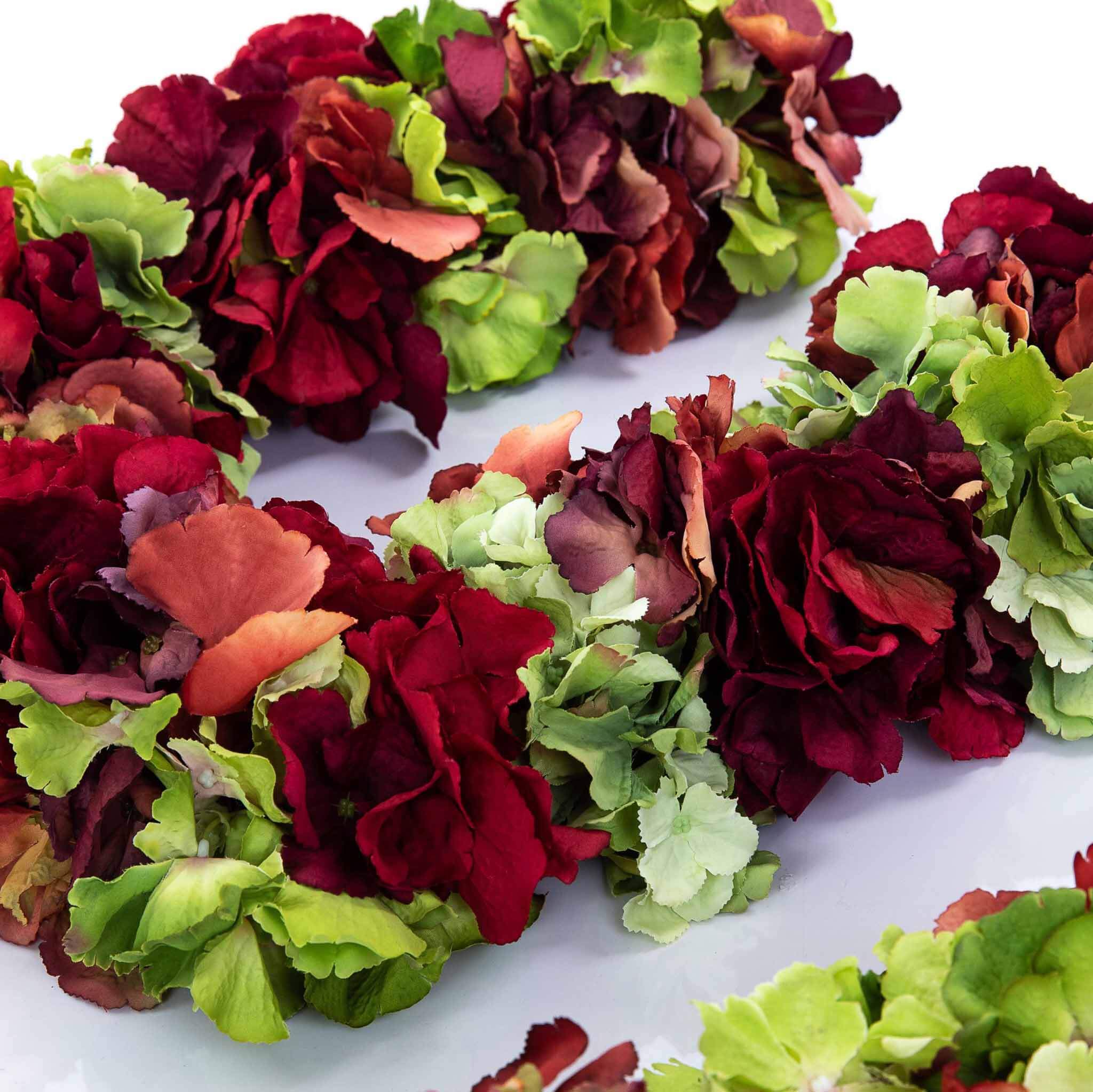Autumnal Hydrangeas: The Beauty Of Fall Blooms
Autumnal Hydrangeas: The Beauty of Fall Blooms
As the days get shorter and the nights get cooler, many of our favorite summer flowers start to fade. But not hydrangeas! These beautiful shrubs can continue to bloom well into the fall, adding a touch of color and beauty to our gardens during the changing season.
There are many different types of hydrangeas, but some of the best for fall blooms include:
- Panicle hydrangeas (Hydrangea paniculata) are known for their large, cone-shaped blooms that can range in color from white to pink to blue. They are relatively hardy and can tolerate a wide range of climates.
- Smooth hydrangeas (Hydrangea arborescens) are another good choice for fall blooms. They produce smaller, more delicate blooms than panicle hydrangeas, but they are just as beautiful. Smooth hydrangeas are also relatively hardy and easy to care for.
- Mophead hydrangeas (Hydrangea macrophylla) are the most popular type of hydrangea, and they can also bloom in the fall. However, the color of their blooms is determined by the acidity of the soil, so you may need to adjust your soil pH if you want to get the desired color.
No matter what type of hydrangea you choose, you're sure to enjoy their beautiful fall blooms. And with a little care, you can keep them blooming for years to come.
Here are some tips for caring for hydrangeas in the fall:
- Deadhead spent blooms. This will encourage new growth and more blooms.
- Fertilize with a high-nitrogen fertilizer. This will help the hydrangeas produce more blooms.
- Mulch around the base of the hydrangeas. This will help to retain moisture and protect the roots from the cold.
- Water regularly, especially during dry spells.
- Protect from frost. If you live in a cold climate, you may need to cover the hydrangeas with a burlap sack or other protective covering during the winter.
With proper care, your hydrangeas will continue to bloom beautifully for years to come.
Here are some additional things to know about autumnal hydrangeas:
- The color of hydrangea blooms is determined by the acidity of the soil. In acidic soil, hydrangeas will bloom blue. In alkaline soil, they will bloom pink.
- You can change the color of hydrangea blooms by adjusting the acidity of the soil. To make the blooms blue, add sulfur to the soil. To make the blooms pink, add lime to the soil.
- Hydrangeas are susceptible to a number of pests and diseases, including aphids, scale, and powdery mildew. Be sure to inspect your hydrangeas regularly and take steps to control any pests or diseases that you find.
Autumnal hydrangeas are a beautiful addition to any garden. With proper care, they will continue to bloom beautifully for years to come.
Autumnal hydrangeas are a sight to behold, with their stunning shades of green, burgundy, rust, blue, and purple. If you're looking for a beautiful addition to your garden, or if you just want to learn more about these fascinating flowers, I recommend visiting .
is a comprehensive resource on all things hydrangea, including autumnal hydrangeas. You'll find information on the history of hydrangeas, how to care for them, and how to choose the right variety for your garden. You'll also find beautiful photos and illustrations of autumnal hydrangeas, as well as tips on how to dry them for everlasting arrangements.
I highly recommend visiting if you're interested in learning more about autumnal hydrangeas. You won't be disappointed!
FAQ of autumnal hydrangea
1. What is an autumnal hydrangea?
An autumnal hydrangea is a type of hydrangea that blooms in the fall. It is characterized by its large, showy flowers that can range in color from green, burgundy, and rust to deep dusty blues and purples. Autumnal hydrangeas are a popular choice for gardens because they provide color and interest in the fall, when many other plants have lost their leaves.
2. How do I care for an autumnal hydrangea?
Autumnal hydrangeas are relatively easy to care for. They prefer full sun to partial shade and moist, well-drained soil. They should be watered regularly, especially during the summer months. Autumnal hydrangeas are also susceptible to pests and diseases, so it is important to inspect them regularly and take steps to control any problems that arise.
3. What are the different colors of autumnal hydrangeas?
The color of autumnal hydrangeas depends on the acidity of the soil. In acidic soil, the flowers will be blue or purple. In alkaline soil, the flowers will be pink or red. You can change the color of your autumnal hydrangeas by adjusting the pH of the soil.
4. How do I deadhead an autumnal hydrangea?
Deadheading is the process of removing spent flowers from a plant. This helps to encourage new blooms and prevent the plant from setting seed. To deadhead an autumnal hydrangea, simply pinch off the spent flowers with your fingers. You can also use a pair of scissors to cut the flowers off at the base of the stem.
5. How do I overwinter an autumnal hydrangea?
In most climates, autumnal hydrangeas can be overwintered outdoors. However, in cold climates, they may need to be protected from the cold. To overwinter an autumnal hydrangea outdoors, mulch the soil around the plant with a layer of 2-3 inches of organic matter. You can also cover the plant with a burlap sack or other protective covering.
Image of autumnal hydrangea
- Image 1: A large, bushy hydrangea plant with clusters of pink and blue flowers. The flowers are starting to fade to a more autumnal shade of rust.

- Image 2: A close-up of a single hydrangea flower. The petals are a deep burgundy color, and the center of the flower is a lighter shade of pink.
- Image 3: A cluster of hydrangea flowers in a vase. The flowers are a mix of pink, blue, and green, and they are starting to fade to a more autumnal shade of brown.

- Image 4: A hydrangea plant in a garden. The flowers are a deep blue color, and they are surrounded by green leaves.

- Image 5: A hydrangea garland. The garland is made up of dried hydrangea flowers in a variety of colors, including pink, blue, green, and brown.


Post a Comment for "Autumnal Hydrangeas: The Beauty Of Fall Blooms"